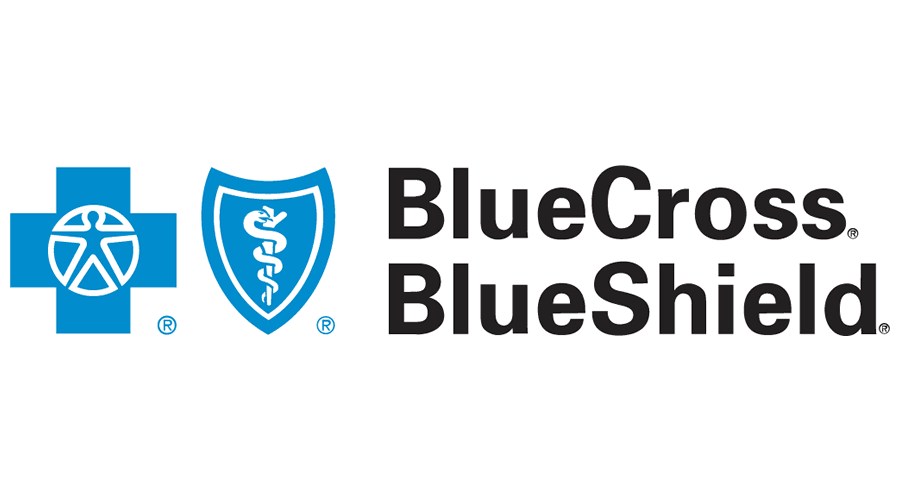A growing number of dentists are recommending dental sealants, particularly for young children; however, many people are still unaware of why they may be needed. Before considering any type of dental treatment, it is important that you do your homework and make the best decision for you or your family. Learn more about dental sealants in Northampton and whether they’re right for you and your loved ones by reading on below.
What are dental sealants?
Using your tongue or finger, touch the molars all the way in the back of your mouth. You should notice that there are deep grooves and crevices there. The fact that the surface is so uneven, and that the back part of the mouth is harder to reach, makes the back teeth more susceptible to the accumulation of food particles and the bacteria that feed upon them.
Dental sealants are a thin liquid that is applied to the surfaces of back teeth to help prevent tooth decay. They are very good at what they do. In fact, the American Dental Association has found that sealants can prevent as much as 80% of tooth decay.
Dental Sealant Features:
- No shots or drilling required
- Fast and easy treatment
- Small investment pays off by preventing costly dental procedures
Are dental sealants safe?
Dental sealants are extremely safe, posing very little risk while the procedure is being performed or while they are present on the teeth. Sealants are bonded to the outer surfaces of the teeth, so nothing goes in a tooth, such as with a dental filling. This is a non-invasive treatment that can help protect you or your child from developing cavities.
The sealants themselves are made from a medical-grade resin that is similar to the composite resin that is often used when a patient needs dental fillings. The main difference between sealants and composite resin is that the sealant is in a liquid form when it is first applied. This allows it to flow into all of the crevices and grooves in the teeth and coat them for a strong barrier against bacteria. Sealant materials are also free of BPA.
Dental Sealants Procedure
The procedure is both fast and painless. First, your dentist will thoroughly clean your teeth and polish them with a brush and pumice, which is a type of gritty toothpaste. They will then dry the treated teeth, isolating them from saliva with a shield or cotton roll.
Next, your dentist will be applying a special etching solution to tooth surfaces, which both disinfects the teeth and prepares them for better sealant bonding. They will then rinse away the solution and dry your teeth once again.
Now your dentist will paint on a thin layer of dental sealant to completely cover the tooth enamel of the treated teeth. Finally, they will use a UV light to “cure,” or harden, the dental sealant.






